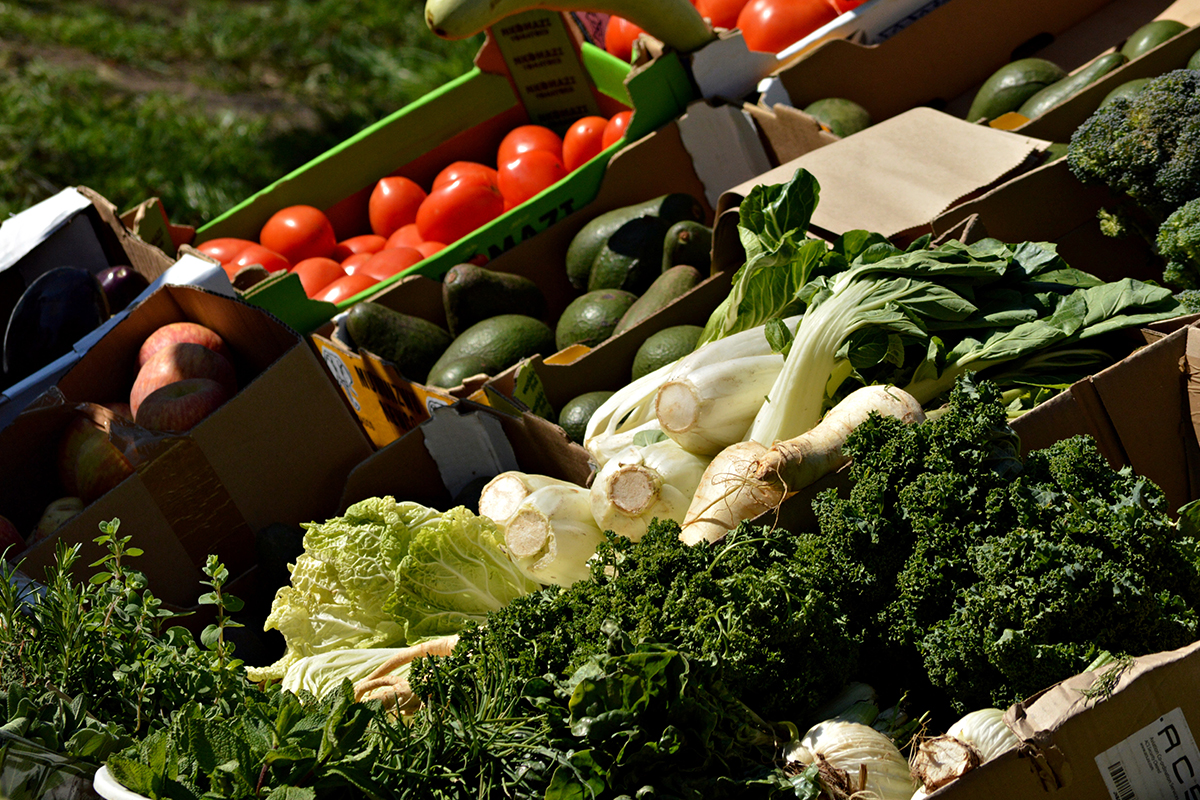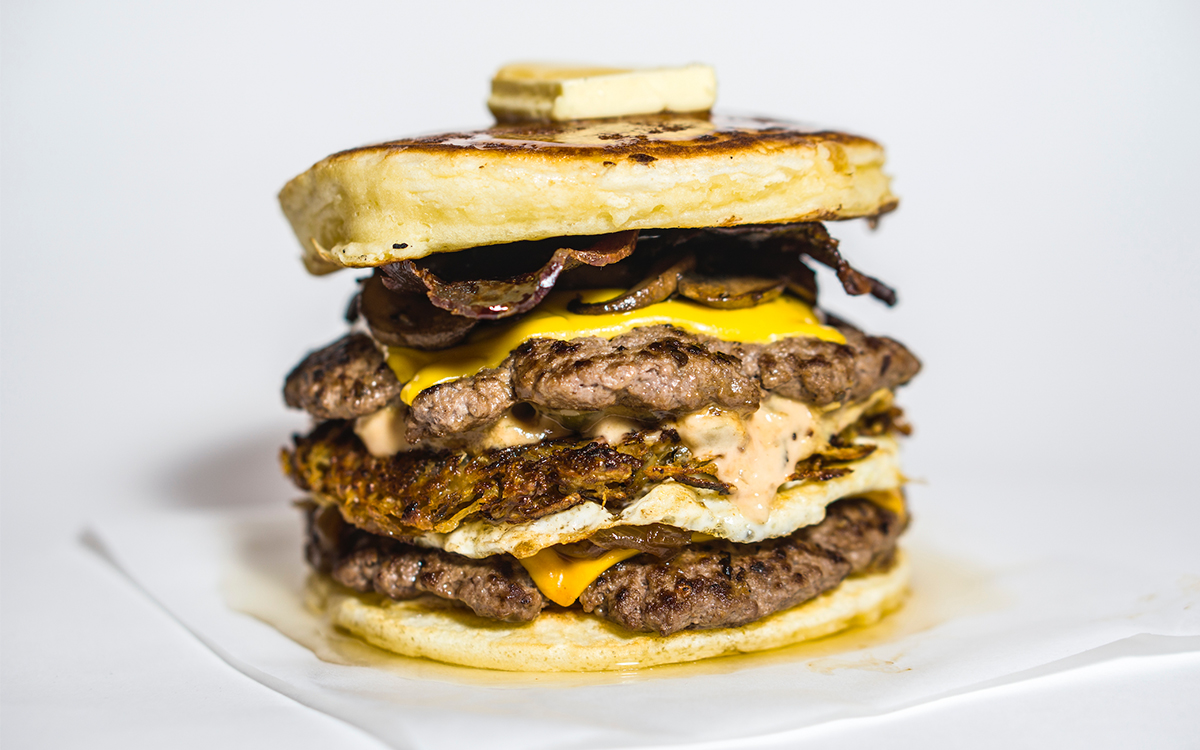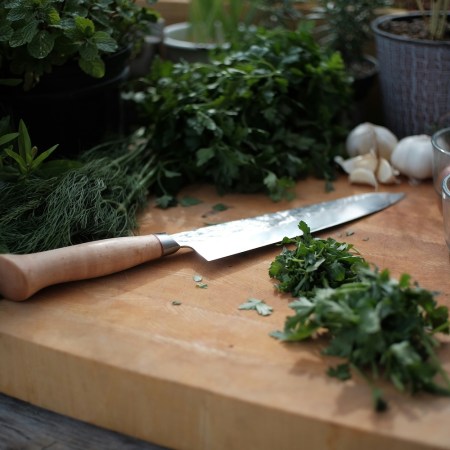There’s a story an old coach of mine used to tell at the end of his summer league basketball camp every year. It describes a worker who opens his lunch pail every day to find a ham and cheese sandwich. And every day, the man gets extremely upset, exclaiming “Ham and cheese again?” But by the end of the tale, we learn that all those years, he’s been packing his own lunch.
I always enjoyed the story, regarding it as a thoughtful reminder that we as individuals have to be the drivers of change in our own lives. It felt especially resonant to a sport like basketball, where one can “pack his lunch” a little differently season by season (get shots up, run dribble drills with two balls, put on weight) to yield legitimate results. Obviously, it’s also a good attitude to bring to real-life matters: relationships, careers, mental health.
Still, while thinking about that story again recently, I started reconsidering its premise, this time in a literal sense: Is eating the same thing every single day so bad? Sure, it might be boring. It can make for a predictable lunch break. But could the body actually benefit from consuming a similar, balanced meal all week long? What if the worker in that story didn’t need to retool his point of view, but instead the ingredients in his lunch pail? Perhaps he could improve his outlook by improving his energy — which might start by trading ham and cheese for, say, grilled chicken and a veggie-rice medley?
Countless celebrities swear by the so-called “Groundhog Day diet.” It’s a pretty simple concept: eat the same dish every day. Not necessarily for the same meal each day, let alone for every meal. But the idea is to embrace the predictability and potential nutritional benefits of plugging and playing something over and over again. For Victoria Beckham, it’s a piece of salmon. Steph Curry eats pasta with San Marzano tomatoes. Last week, a teammate of Cristiano Ronaldo revealed that the footballing great subsists on a heavy rotation of chicken, broccoli and rice. And during their relationship, Josh Duhamel and Fergie purportedly split a smoothie packed with spinach, kale, celery, apples, bananas and pears every day for seven years.

Other big names who swear by the concept? Willie Nelson, Kate Middleton, Mark Wahlberg and Cindy Crawford. It’s telling that people with net worths in the tens of millions would opt for the same taste every single day; after all, they have access to personal chefs and top-notch nutritionists — they could conceivably live out the rest of their lives and never repeat a meal they don’t feel extremely passionate about. And yet, they choose to do the exact opposite. So how much should we trust this, as a dietary concept? Is its ubiquity among the rich and famous an indication that it should be taken seriously, and potentially implemented in your life?
Well, it’s complicated. For starters, there are some serious benefits to having a bankable meal each day. Consider some common quandaries most of us fall into at least once or twice a month: the “I’m starving” march through the grocery store, or that dinnertime commute home from the office or the gym, with a variety of grab-and-go options ready and available along the way. Plotting out meals is an effective failsafe against your hangry self, who is generally craving salt, sugar and fat. Snickers — which contains all those things — probably shouldn’t be the poster boy for the erratic behavior people exhibit when they’re in dire need of calories, but those commercials make a good point. Biologically speaking, you really aren’t you when you’re hungry.
If you can guarantee that at least one meal a day remains steady and consistent (preferably the one that involves the most calories), the positives can pile up fast. You can avoid meal panic and remove the guesswork out of a routine, which will likely lead to healthier choices. Familiarity with a meal also breeds an understanding of how many calories it contains, the exact effects it will have on your gastrointestinal system (the less sauces, the easier time you’ll have in the bathroom) or even how to cook it. Whether you’re packing a lunch the night before or turning on the stove when you get back from work, you could theoretically perfect a meal under this system.
Not to mention, for those looking to lose weight, it’s important to remember that dietary variety has long been linked to obesity. That’s simply a reality of living in the age of the fast-food-industrial complex. Our opportunity to court all manner of foods these days, however unhealthy — on the highway, or in the snack aisle — is unprecedented, and antithetical to our evolutionary wiring. We’re at odds with the overabundance of modernity and our brains struggle to combat compulsive eating because they can’t fully understand that scarcity (for the overwhelming majority of Americans) isn’t an issue anymore. Having a set slate of food options, the thinking goes, could mitigate our susceptibility to this conundrum.
And yet, it all goes back to that story, about the man who’s sick of his ham and cheese. There’s a reason we all love watching food TV: sampling cuisines from various cultures, trying different tastes and textures, learning how to make the dishes ourselves — for so many of us, that experience is rewarding in a way that supersedes “health and fitness.” It’s little wonder that cooking had such a massive moment during quarantine. In days that otherwise feel humdrum and unglamorous, a fresh dish can offer something that’s actually memorable.
Not to mention, what if the meal you turn to every day isn’t even all that healthy? It could seem healthy, sure; maybe it has a protein, some grains, some greens on the side. But your all-important microbiome needs a diverse array of foods to perform at its best — think beans, chickpeas, lentils, fermented foods, fiber-forward vegetables, fruits packed with antioxidants. There is no Holy Grail meal that includes everything your body needs. Two of the most important nutritional adages you should keep in mind? “Eat colorfully” and “Eat food. Not too much. Mostly plants.” Neither (especially the first) would co-sign a diet that prioritizes eating the same thing over and over again.
Ultimately, a diverse dietary plan is crucial for the brain and the body (assuming that diversity doesn’t mean Chipotle on Tuesdays and Chik-fil-A on Thursdays). For people without a nutritionist in their ear, their best shot against nutritional deficiencies is to cast a wide net and get lots of fruits, vegetables and whole grains on their plates every day. If you’re intent on embracing the time-saving properties of the Groundhog Day diet, I’d recommend choosing a smaller meal assignment throughout the day, and carefully vetting the benefits of the meal before committing to it.
For instance? I actually do eat the same thing every day — for a morning snack. Steel-cut oatmeal topped with a scoop of peanut butter and blueberries, and a banana on the side. It’s a low-stakes, low-calorie meal at the beginning of my day, generally before a workout, and I know precisely what to expect from it.
So no, we don’t advise turning your meal plan into a dietary version of Steve Jobs’s black turtleneck fixation. While aspects of it can be safely incorporated into your routine — maybe select a consistent mid-afternoon snack, like nuts or fruit — you should leave some room for imagination (and nutrition) in your showcase meals. And we don’t mean ham and cheeses.
The Charge will help you move better, think clearer and stay in the game longer. Subscribe to our wellness newsletter today.


























